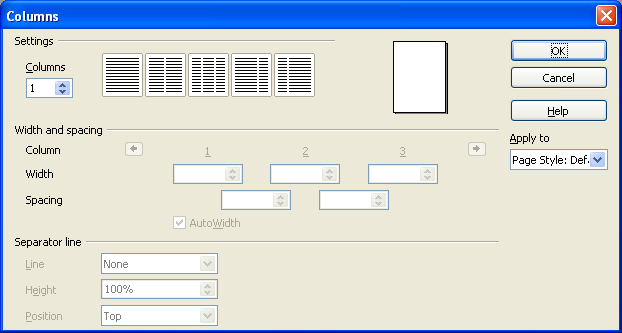So you are writing the next great novel. You are sure your work will rival the works of Tolkien, Stephen King or JK Rowling. This work resembles a baby and you have worked hard to create this baby. You put in the sweat, tears and long hours of perfecting your work. You are now ready to send this baby into the world.
Before you send the baby into the world to fend for itself, you decide to send your pride and joy to an editor for some proof-reading and editing. You are excited to get your work back, expecting a glowing report. However, you noticed that the editor found several grammar mistakes. After all the long hours of reading and rereading your own work, how did this happen? Over the next five weeks we will explore the most common grammar mistakes starting with the most commonly confused homonyms.
Homonyms are words at sound the same but are spelled differently and mean different things. So let’s look at the most commonly confused homonyms in writing:
There, Their and They’re
There can be used in many ways but can be commonly used as a indication to place or location.
Example A: There is a dragon outside.
Example B: (There as an indication to place): Please, just stand over there while I slay the dragon.
Their is used to indicate ownership or show possession.
Example C: Their castle burned to the ground because the knight could not stop the dragon.
They’re is actually a contraction for they are.
Example D: They’re looking for a new knight to slay the dragon. The last one was eaten.
Your and You’re
You’re is a contraction for you are.
Example E: You’re the new knight and will have to slay the dragon and save the kingdom.
Your is indicating possession.
Example F: Your shield, sword and armor is in the stable with your horse. Good luck.
Its, It’s and Its’
It’s is a contraction for it is or it has
Example G: It’s about time you stopped being coward and faced the dragon.
Example H: It’s been a long time since the dragon set the town on fire.
Its is a possessive pronoun meaning belonging to it.
Example I: The dragon is guarding its loot.
Its’ is not actually a word and should not be used in writing.
Example J: Does not exist. The dragon burned all references to this word.
So how does one go about avoiding these common mistakes? When you are double checking your work before sending it off to be polished by your editor, be sure that if you are using the correct homonym. This is as simple as switching words around to see if your sentence still makes sense. If it makes sense, then you should be just fine.
Now, go slay your dragon!
Sources:
http://englishplus.com/grammar/00000227.htm
http://www.wsu.edu/~brians/errors/your.html
http://www.wsu.edu/~brians/errors/their.html








 Need a website?
Need a website?